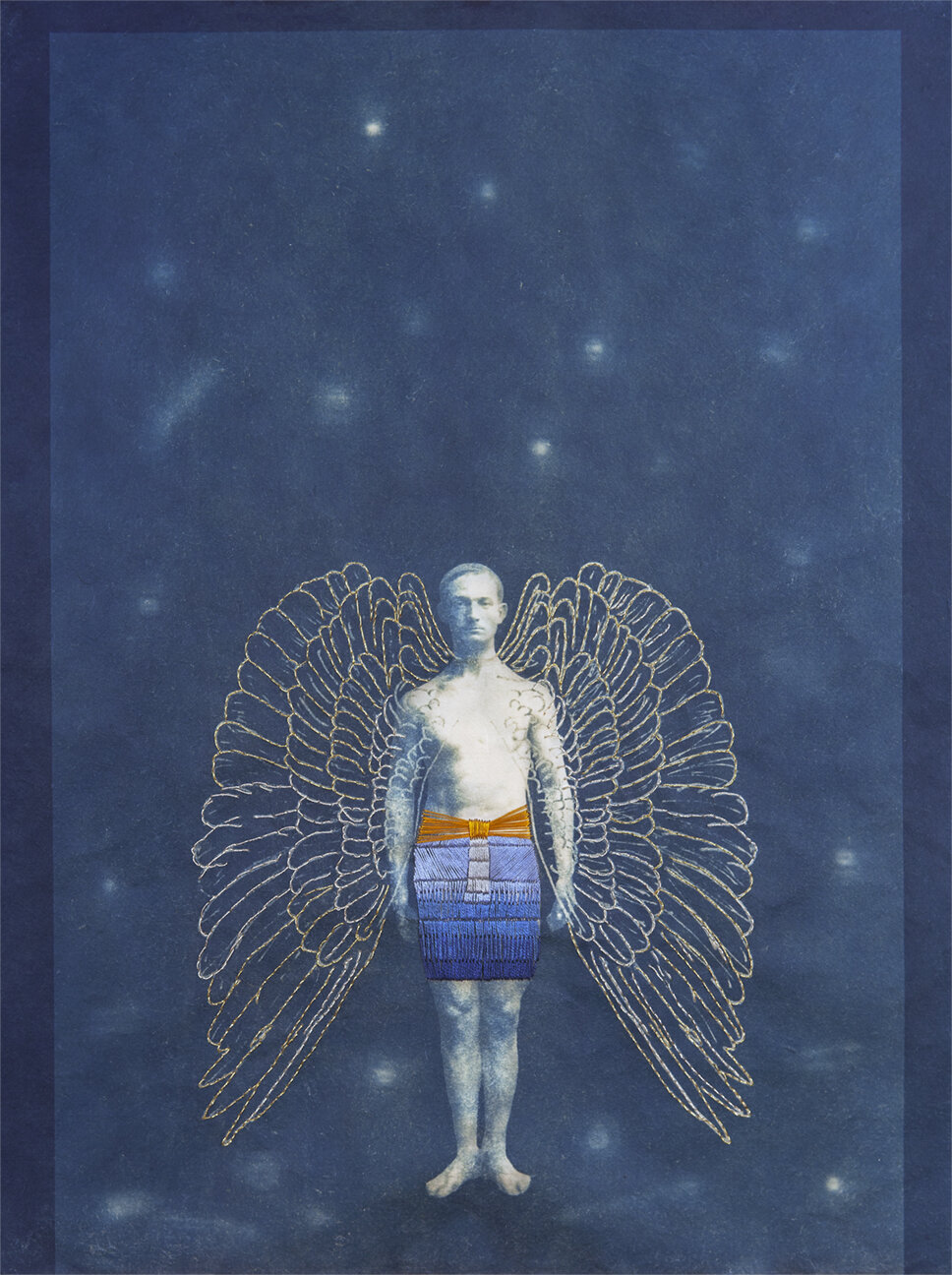
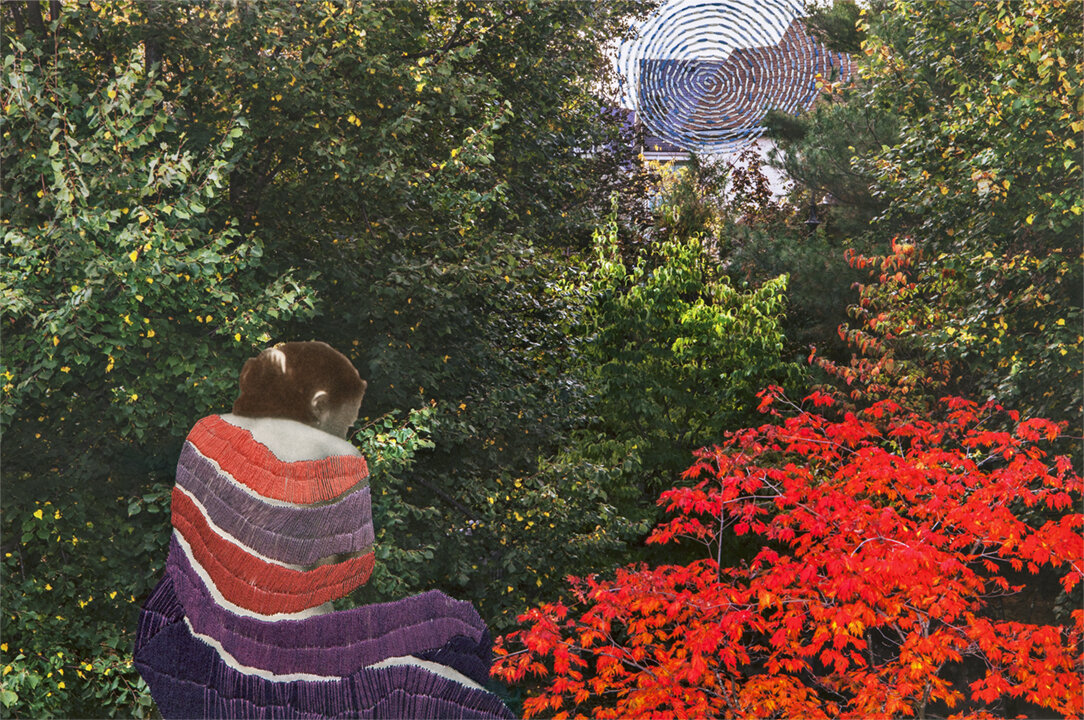
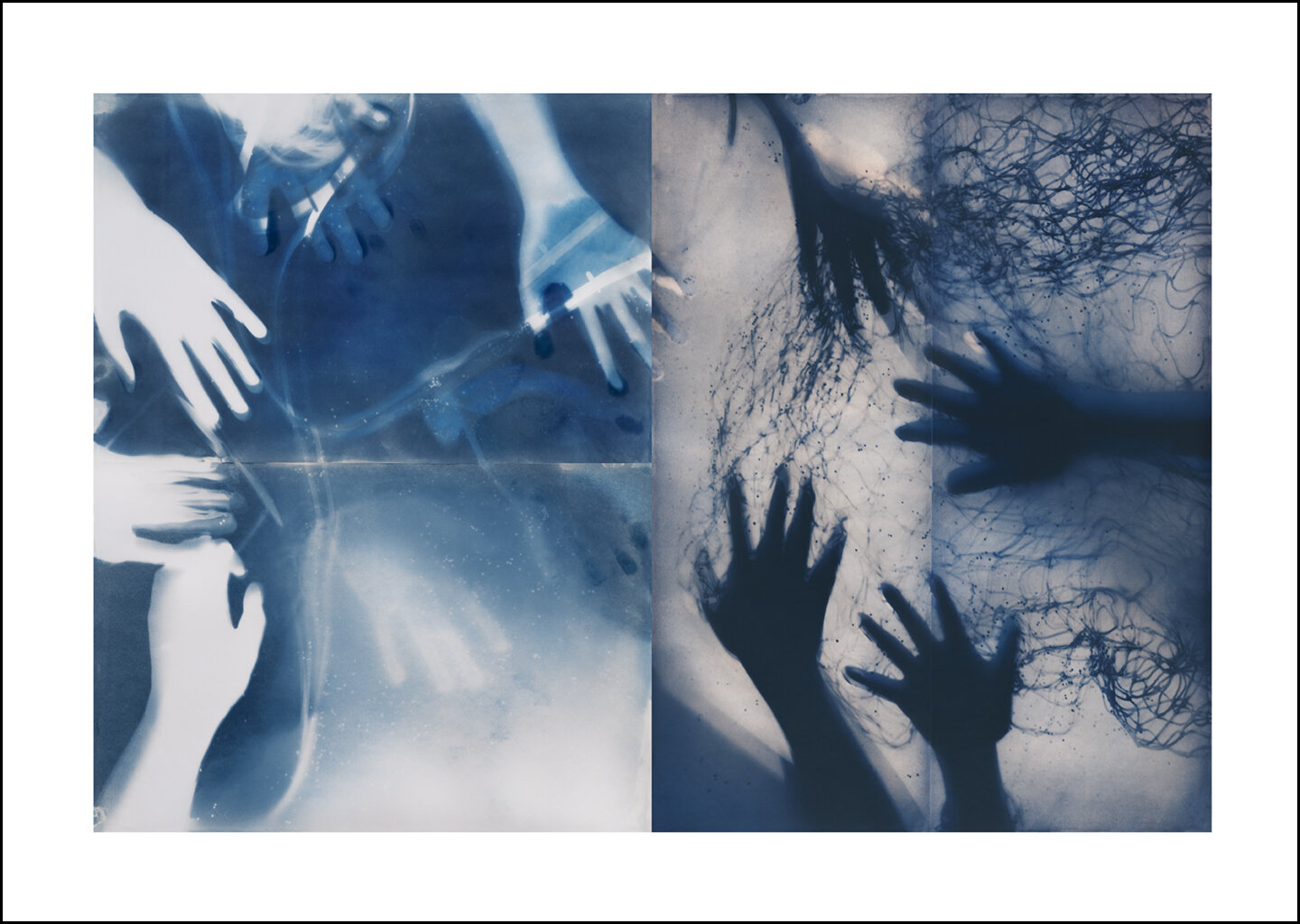
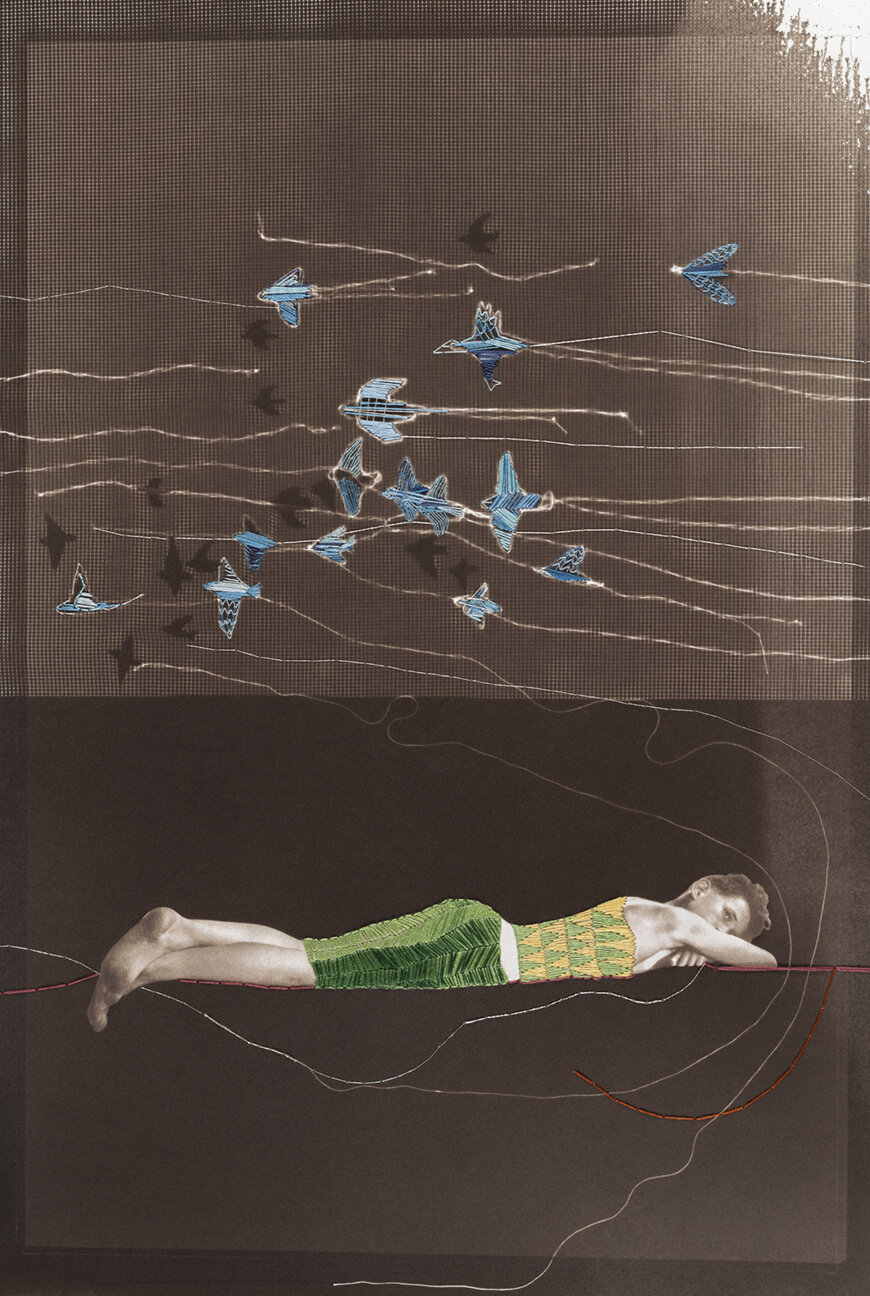
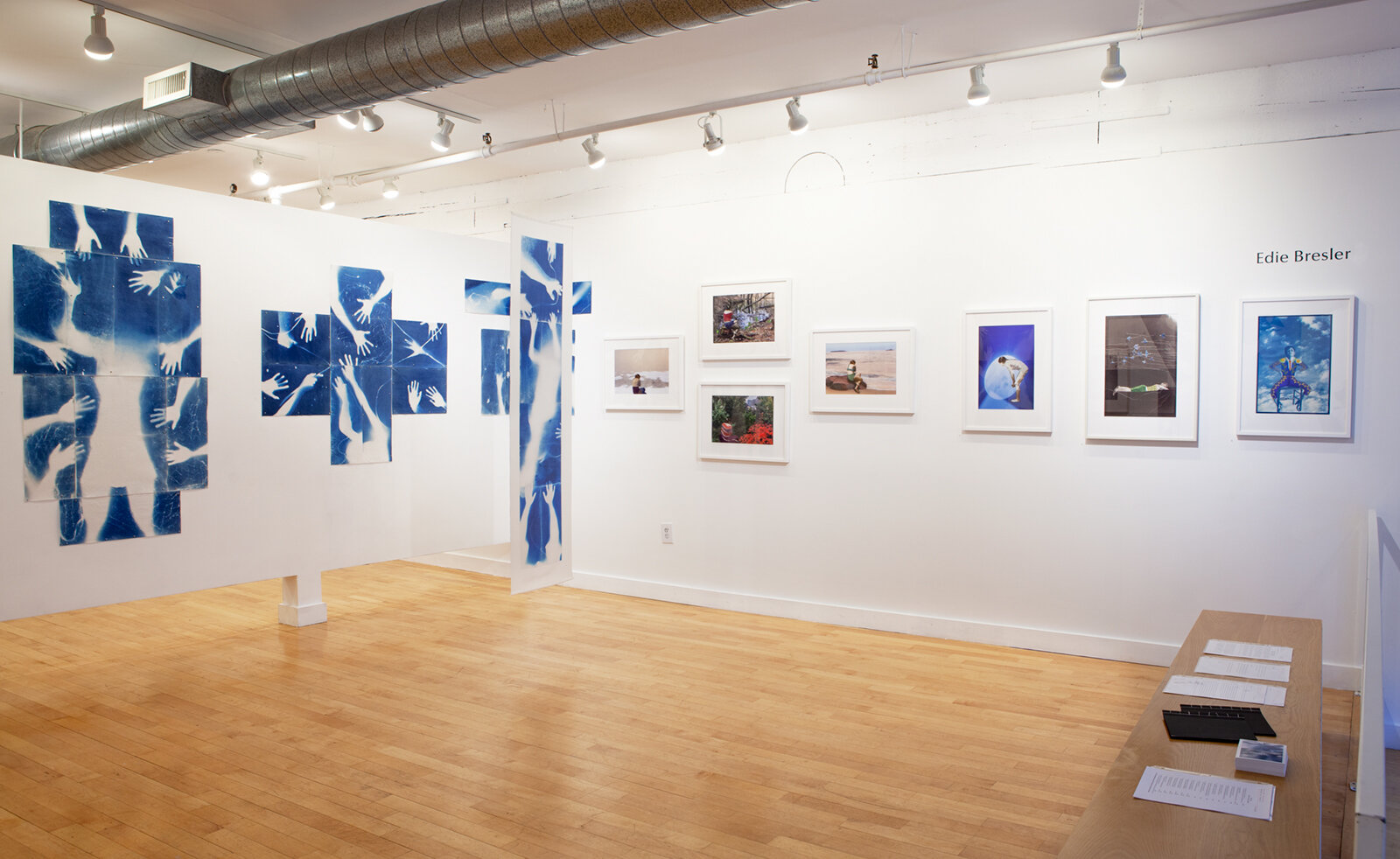
Edie Bresler
Blues & Other Possibilities
“These photographs are a kaleidoscope of dreams and recovered ancestral memories. For both projects, I spend time with others to make something intentionally. The process can be long and slow or spontaneous. These are moments together and apart.
When I am sewing it is like looking across the great divide. Each stitch is potentially the beginning of a second chance or a fatal mistake. Time slows. Sewing at this scale is very intimate. I spend a lot of time with these anonymous, unknowable people, following the bend of their backs, gazing into their eyes. All were originally taken inside an artist studio, between 1843-1910. When I started finding them in books, I was immediately smitten. It was not just the finality of the title “anonymous” but the unknowable backstory between photographer and their nude subject. Who were they and what was their relationship? What would they have looked like strolling down the street? To satisfy my curiosity, I scan the original reproduction to locate them in another space and begin sewing a set of clothes. These photographs are alternate moments, simultaneous moments, combined meditations on our present moment.
I am standing in a field with a group of people performing physical gestures on top of sheets of vellum that I hand-coated with a light sensitive emulsion. A camera-less process, cyanotypes are made with sunlight to create a silhouette of whatever is in direct contact with the prepared pages. Participants lie down, reach and stretch as asked. Trust and a willingness to make something happen fuels the day. “Can I try this? Yes!” “How about putting my hands here? Yes!” Eventually they close their eyes to rest during the fourteen minute exposure. A relational action in the moment and again many days, weeks, months later when I combine cyanotype moments together like a human jigsaw puzzle. A sum of moving and unpredictable parts, reverberating and rippling exponentially across the boundaries of each page. Specimens of space and time caught like flies in amber and, to my mind, akin to the anonymous figures. Photography is a relational medium and human connections, real and imagined, sustain and comfort me in these fractious times. I seek to share this solace.” -Edie Bresler
Anonymous
Anonymous, a second series is inspired by the discovery of a series of “anonymous” nudes made between 1843-1910. Curious about the unknown backstory between the photographer and subject, Bresler began to create her own narrative about the figure in the photograph. After scanning the original reproduction she locates them in another space and begins sewing a set of clothes. Bresler refers to the resulting unique photographs as alternate moments, simultaneous moments, and combined meditations on our present moment. When I am sewing it is like looking across the great divide. Each stitch is potentially the beginning of a second chance or a fatal mistake. Time slows. Sewing at this scale is very intimate. I spend a lot of time with these anonymous, unknowable people, following the bend of their backs, gazing into their eyes. -Edie Bresler
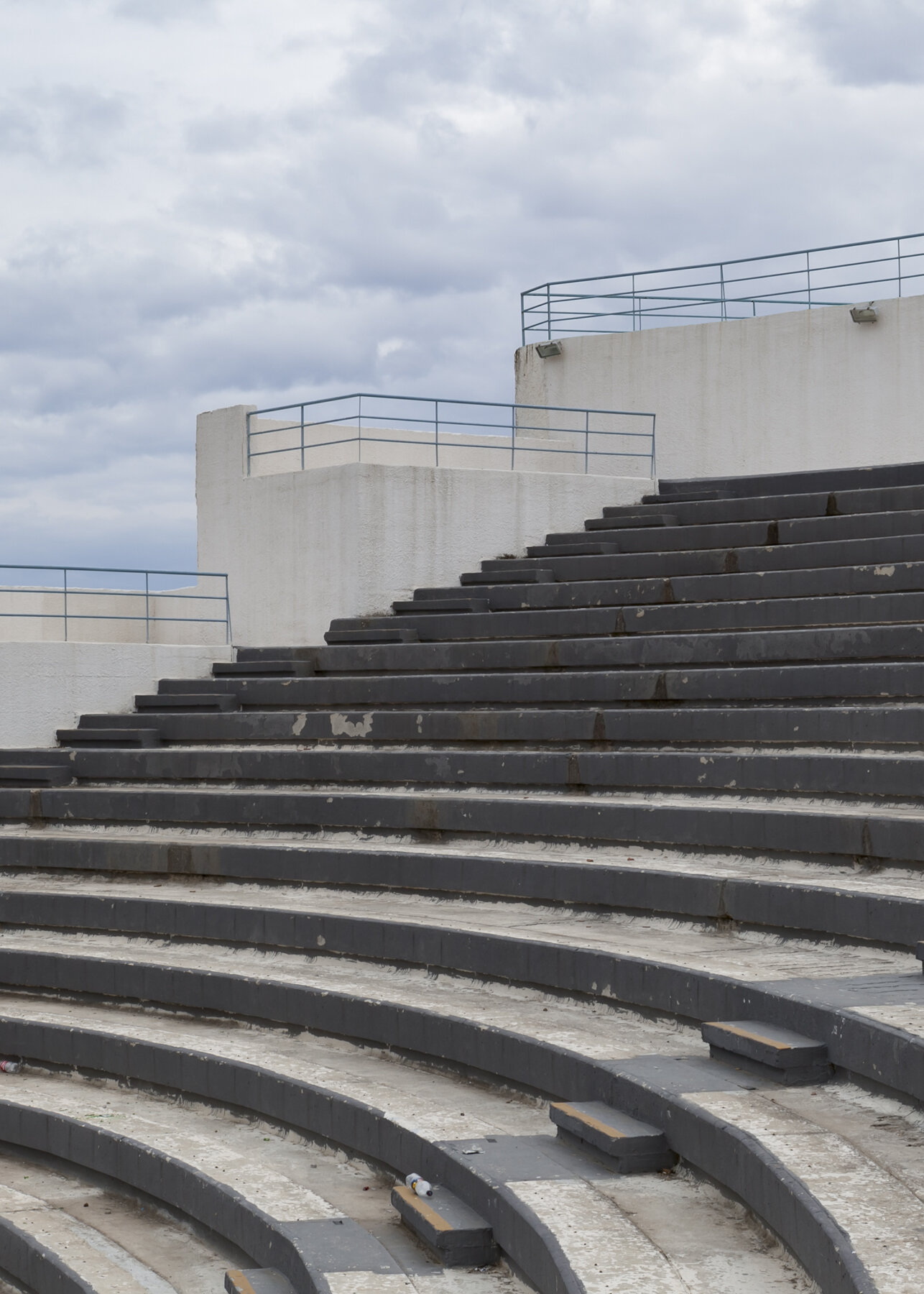
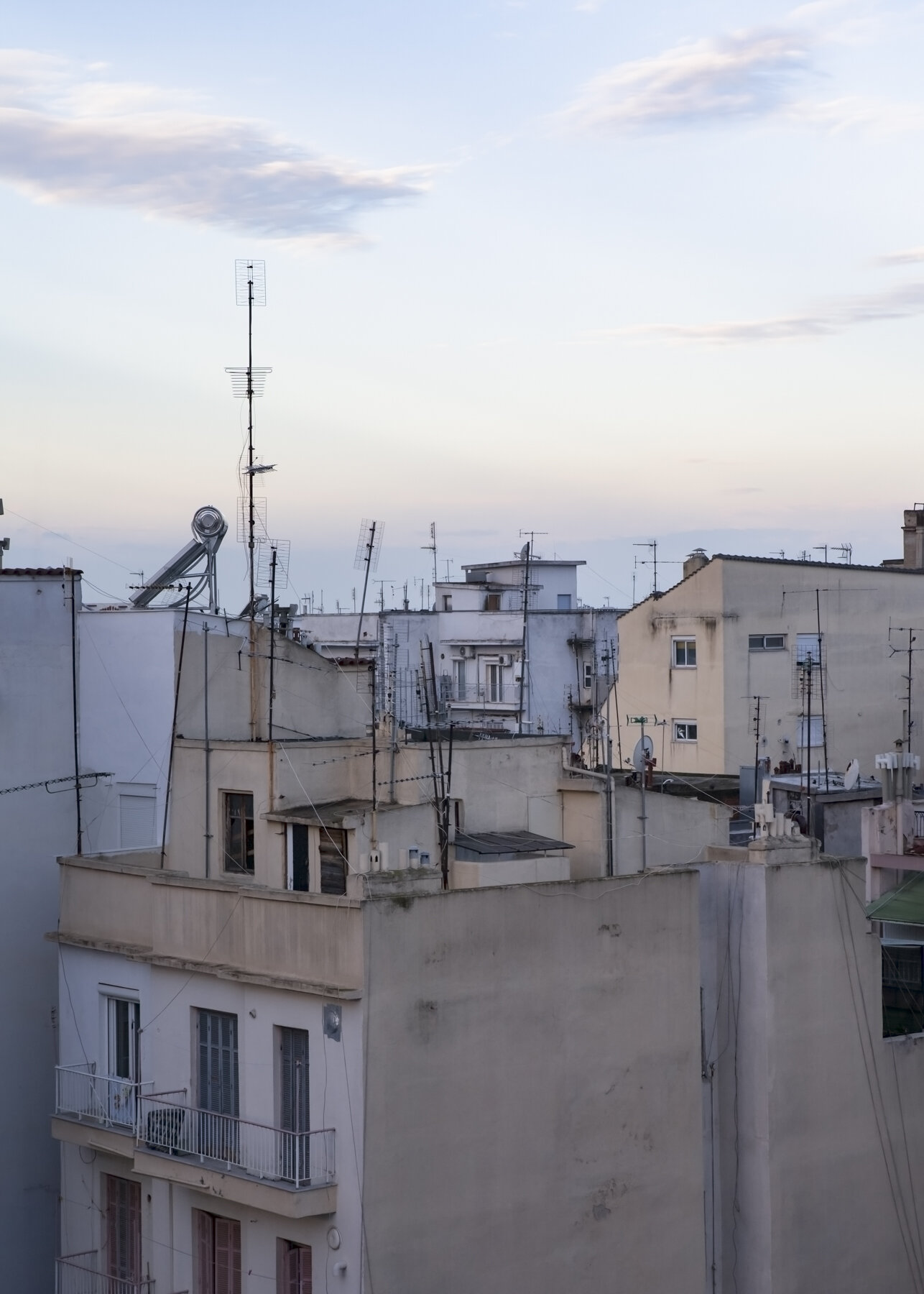
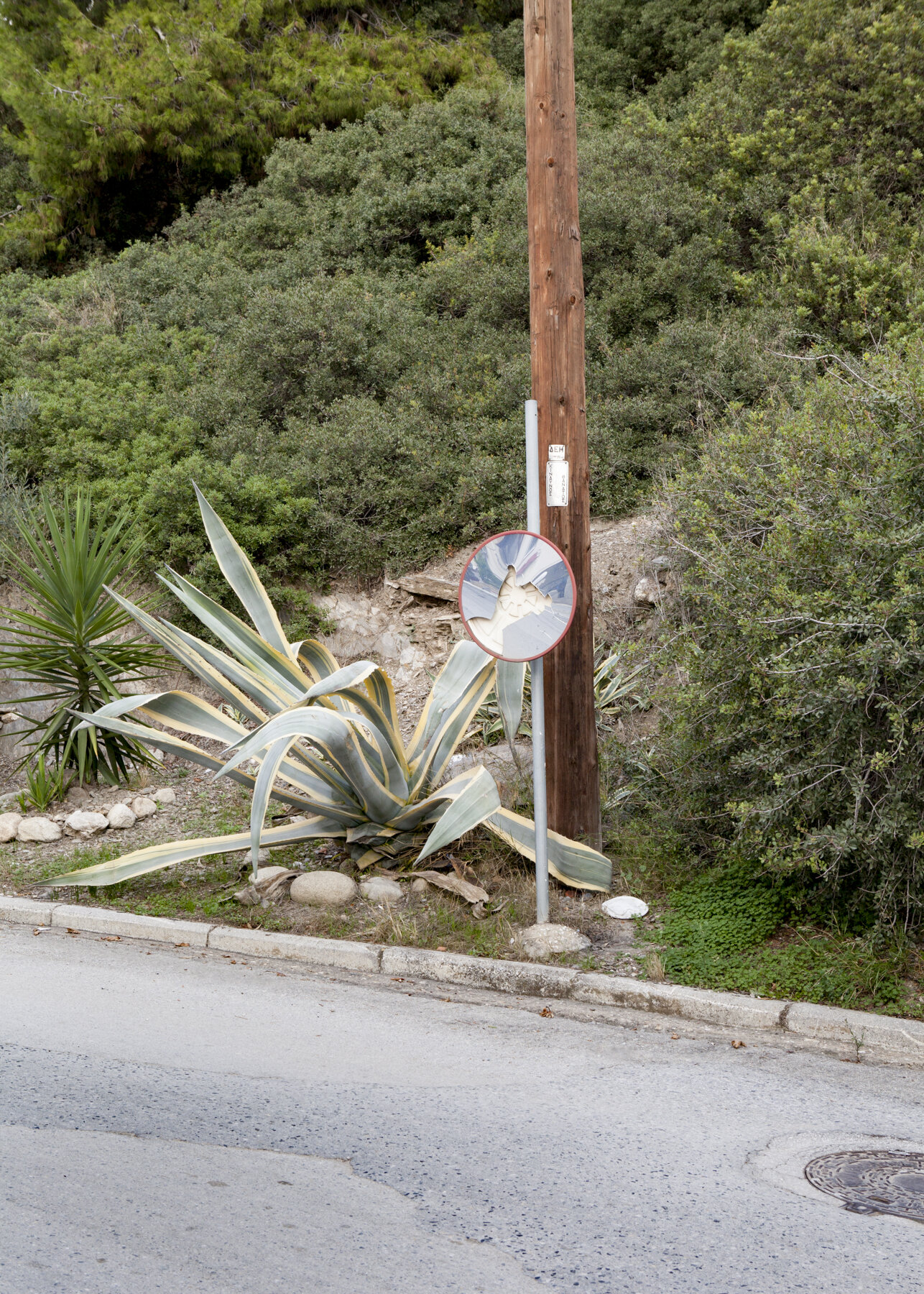
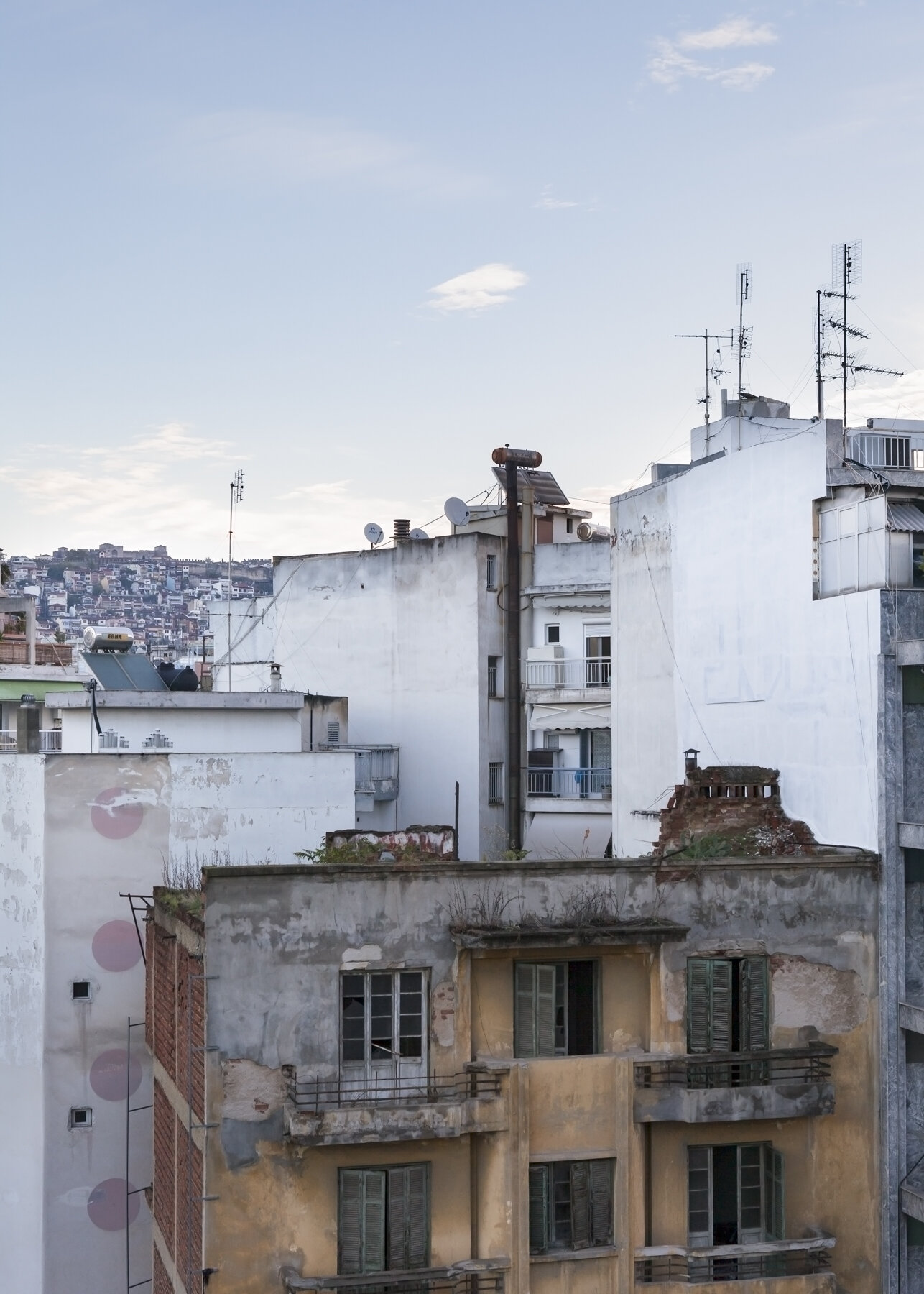
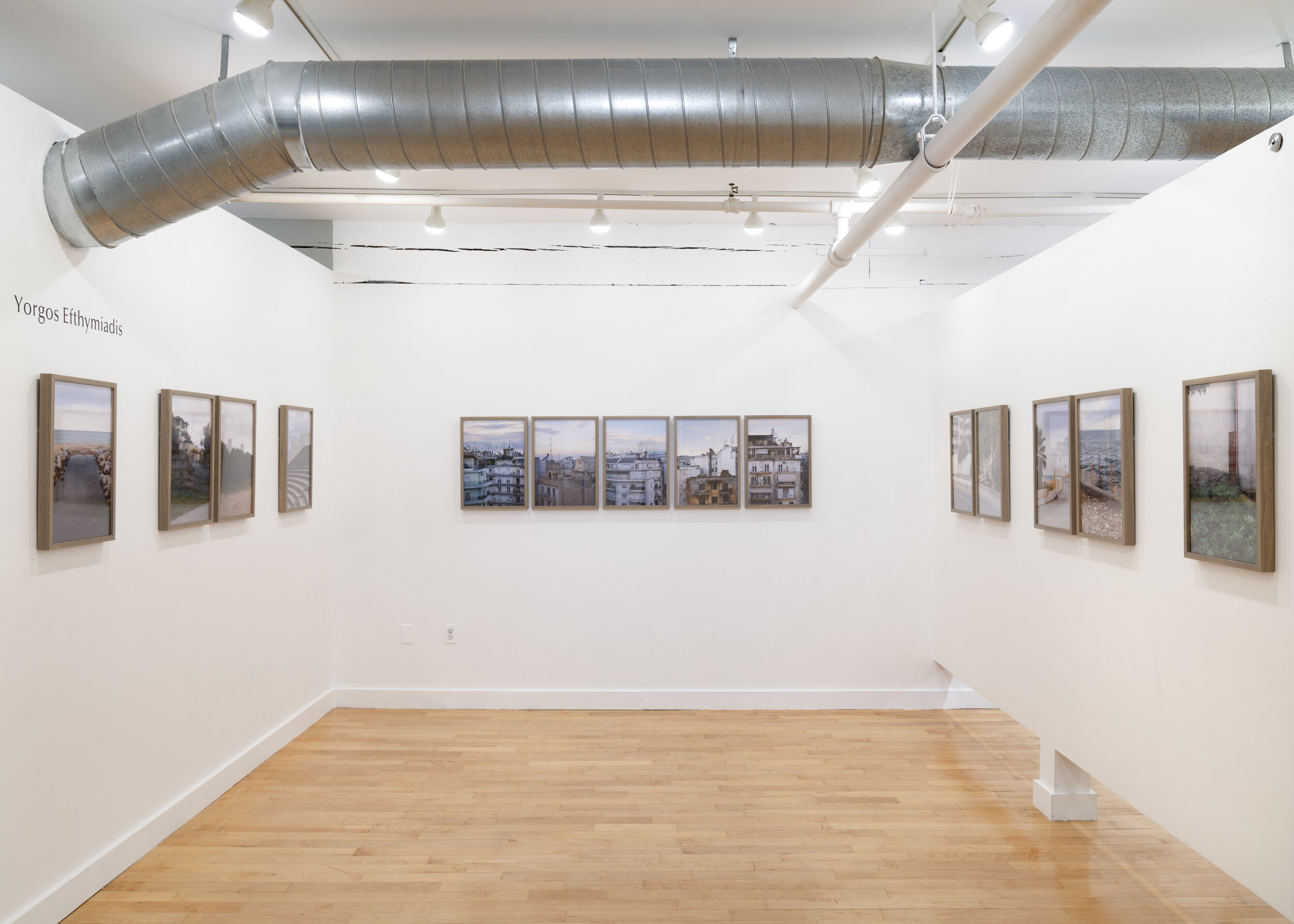
Yorgos Efthymiadis
There is a Place I Want to Take You
“I had an unsettling feeling when I returned, for the very first time after many years abroad, to the place of my origin. Even though I was surrounded by loved ones, friends and family who were ecstatic to see me, there was a sense of non-belonging. After a couple of days of catching up and hanging out, they returned to their routines. I stopped being their center of attention and became a stranger in a foreign land. It was harsh to come home, to a place which I banished in the past, only to realize that I have been banished in return.
Time leaves its mark, transforms places, and alters people. Even the smallest detail can make a huge difference to the way things were. After moving away, I had to rediscover what I have left behind. Using my memories as a starting point, I walked down the road that led to my high school, I lay on the sand at the beach, close to the house where I grew up, I nodded to a familiar face I couldn’t quite place and yet they smiled back.
All these round-trip tickets to the past, to a place that I once used to belong, reminded me one of Henry Miller’s quotes that always resonated with me: “One’s destination is never a place but rather a new way of looking at things.” -Yorgos Efthymiadis
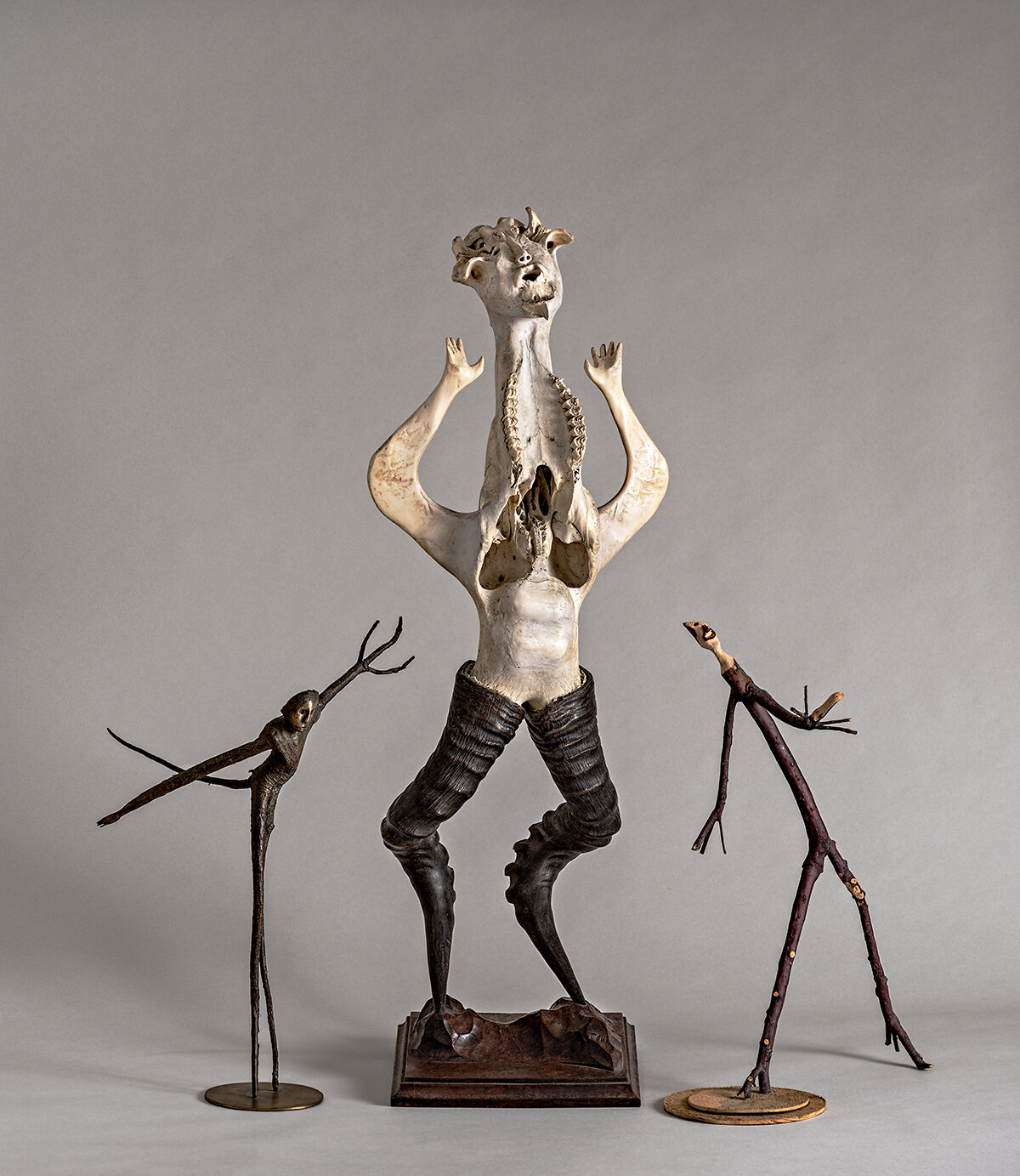
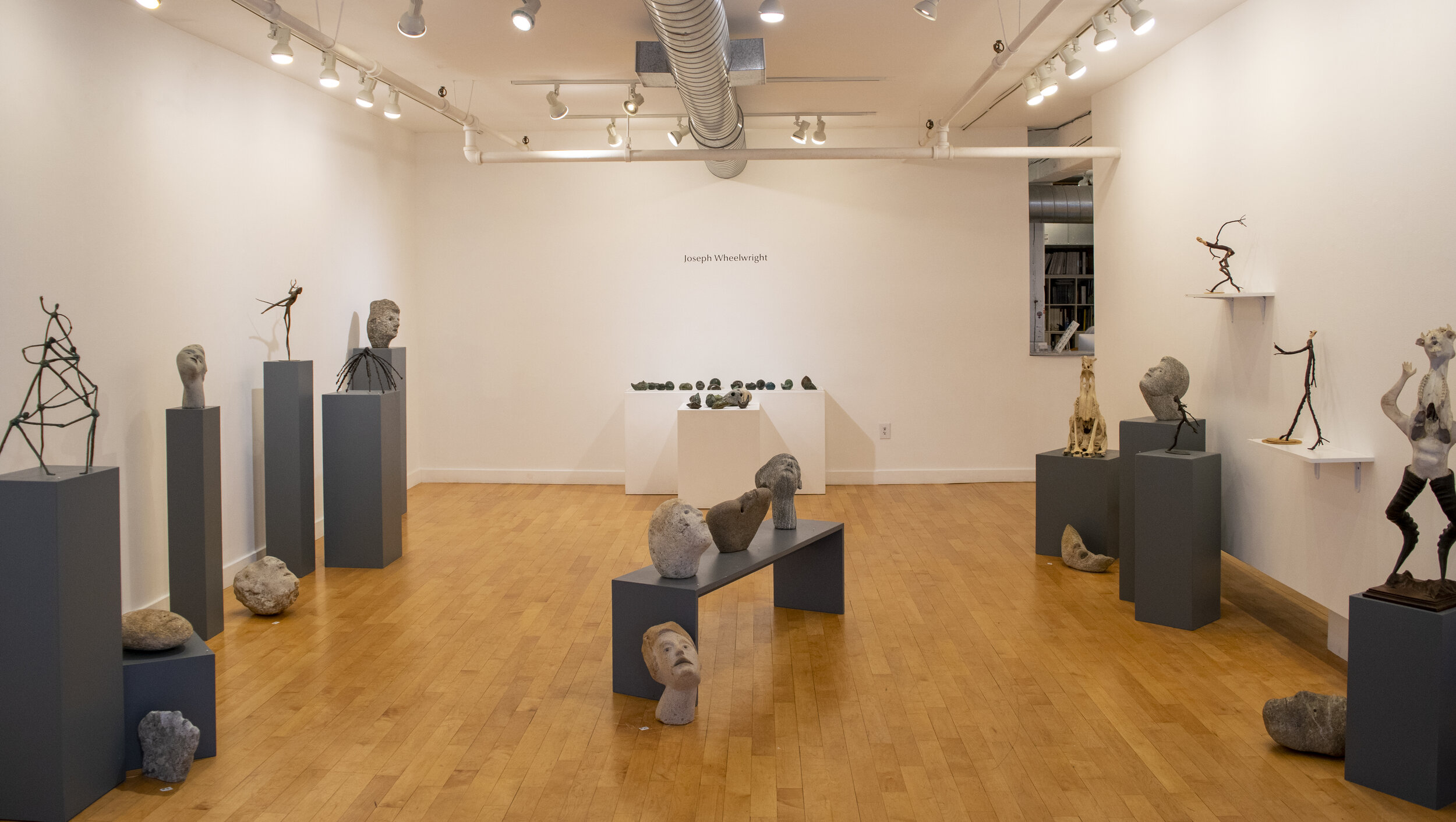
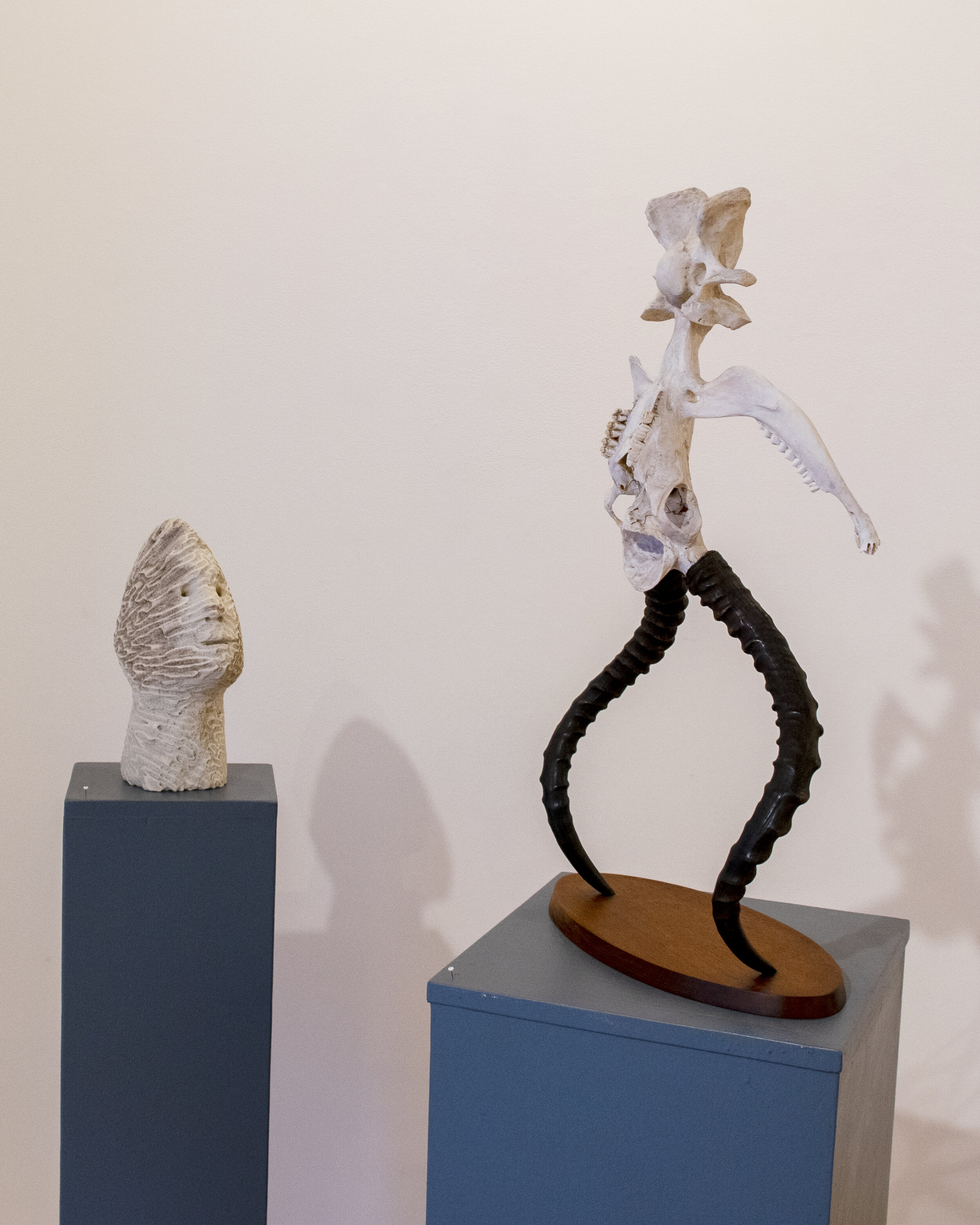
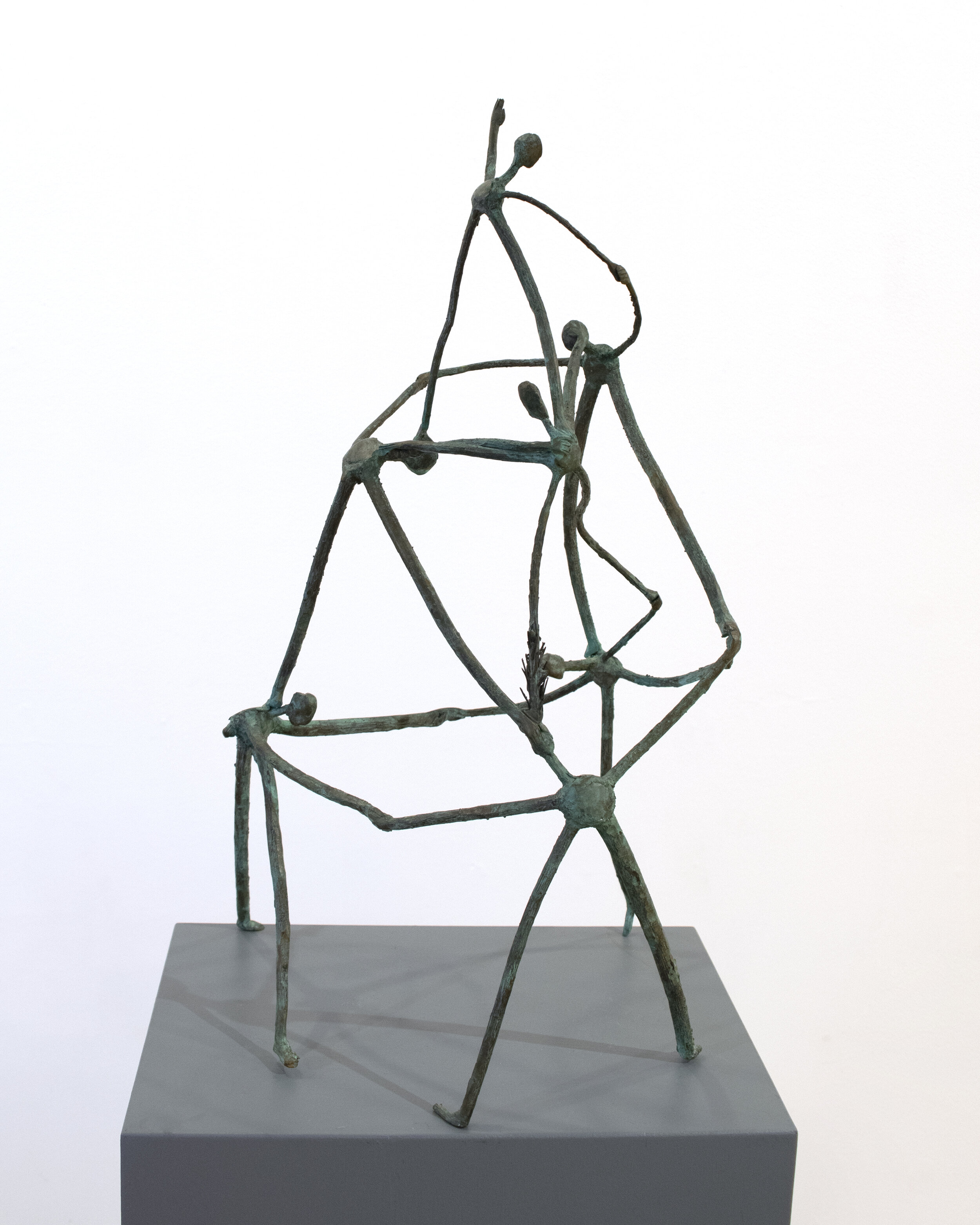
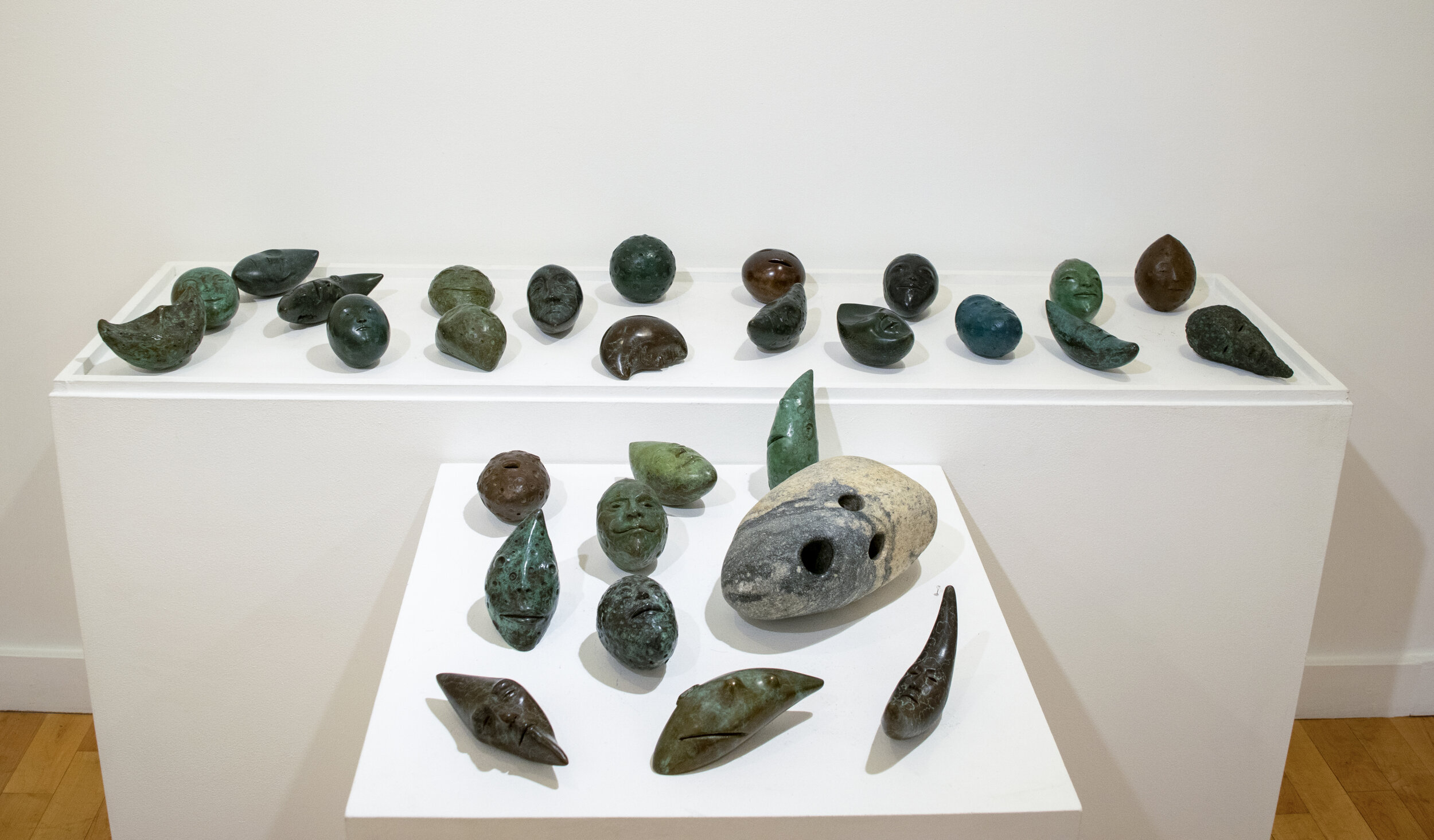
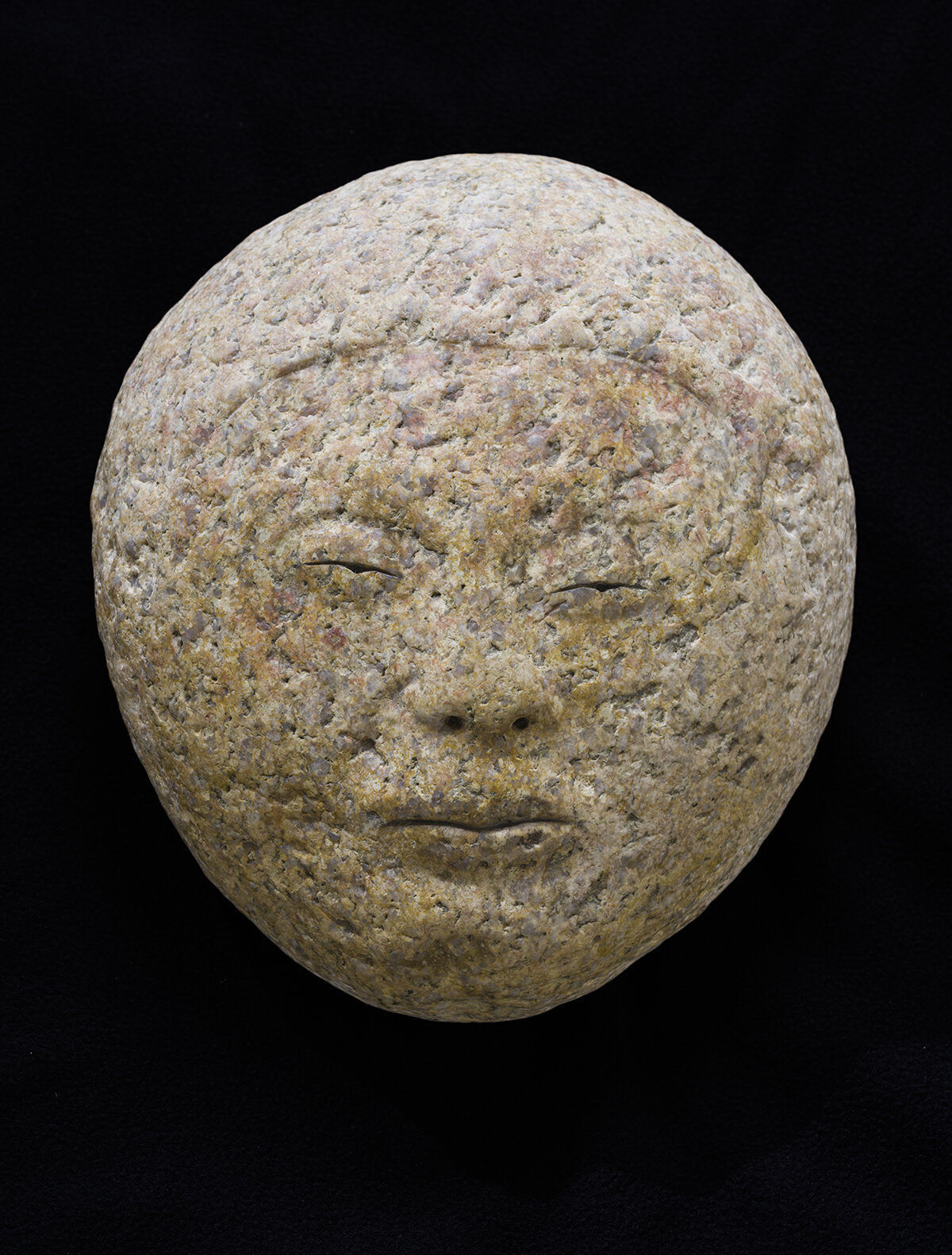
Joseph Wheelwright
Sticks, Stones & Bones
Joseph Wheelwright, a man most comfortable in nature, was a master carver of Sticks, Stones & Bones. He was always exploring wherever he travelled, especially on the beach, and in Vermont where he spent much of his time during the summer. Since childhood Wheelwright was a collector of objects, both small and large – shells, stones of all sizes, sticks and even entire trees. While at Yale University, he evolved from studying medicine to art and subsequently went to the Rhode Island School of Design where he received an MFA in sculpture.
In 1973 Joe and his wife Susan purchased land in East Corinth, Vermont, where, over the years, they constructed several small buildings. The land in Vermont became a source of not only sticks, stones and trees, but it’s where he first discovered the bones of animals that had died. Almost everything found in nature became part of his artistic process. I began collecting things on my walks, anything that is beautiful, that reminds me of something, haunts me, or has an unusual color or texture – trees, bones, shells, stones, feathers, coral, seeds, snake skins, owl pellets, insect carcasses, galls, cones, bird nests, and so on. JW 2003 @ deCordova
With the birth of his first daughter, May, Wheelwright began his project of making one small moon a year, and for the next 28 years, he created hand-sized moons in different shapes, with different personalities – carved in wax and then cast into bronze. The 28th moon, Arc Moon was created in 2008.
Wheelwright’s work is often daring in scale: boulders became faces, animals or fish, creatures not with human features; and full-grown trees turned upside down with the root ball as the head became giant tree figures walking the lands. Small branches became twig people, alone or with a partner, full of energy and motion. Wheelwright found the spirit in all of his materials and created sculptures into which he gave a soul.
I want to thank Susan and the family for sharing these works and giving us this opportunity to celebrate Joe as we bring you Sticks, Stones, & Bones.

